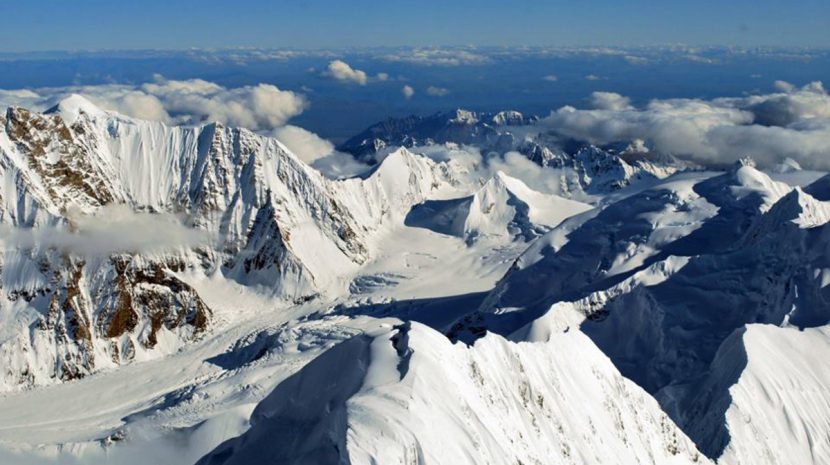All snow is not created equal
Back To Blog
Powder, to many, is the ultimate form of snow. This light, fluffy version of the substance is indisputably the best to ski and snowboard on and all but lets you float down the mountain as if you’re weightless. Plus, it’s a lot softer than any other type of snow, which is great for when you eventually wipe out. Powder doesn’t last long, and it’s associated with brand-new snow, a reason why you’ll often hear it referred to as “fresh powder.”
Slush is usually synonymous with springtime in Alaska, and shows up when the temperature is a little too warm for snow but still a little too cold for full-on rain. It’s also what happens when the weather starts showing spring-like symptoms and all of our lovely snow begins to melt. Slush isn’t great for winter sports, and due to melting and mixing with mud and dirt, it’s also not the most attractive version of crystallized ice in the playbook.
Crusty snow happens when the top layer of snow on the ground melts during the day, and then freezes into something sheet-like during the nighttime. If you’re looking for that distinctive “crunch” noise while walking through the snow, look no further.
Freezing rain is simply hardly ever what one wants, as it creates inclement driving conditions due to the fact that it instantly turns to ice when it hits the ground. However, if ice-skating is your sport of choice, the aftermath of a slick pond can really do wonders.
All in all, when the snow starts to fall there are a lot of directions things could go, and we almost always hope for that fresh, fluffy powder! The wetter the snow is, the better for building snowmen and having snowball fights. The dryer it is, the better for skiing over, jumping into and romping around in. With that being said, this information from the National Snow and Ice Data Center offers all the details and facts a true snow enthusiast could ever want. Here’s to our next snowfall!